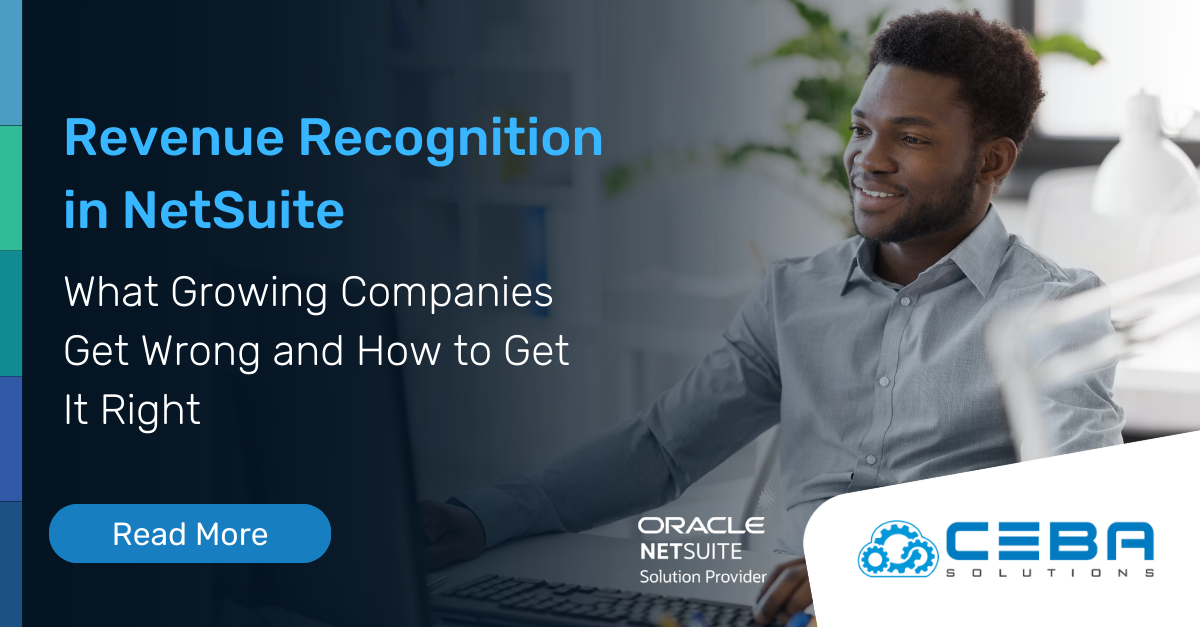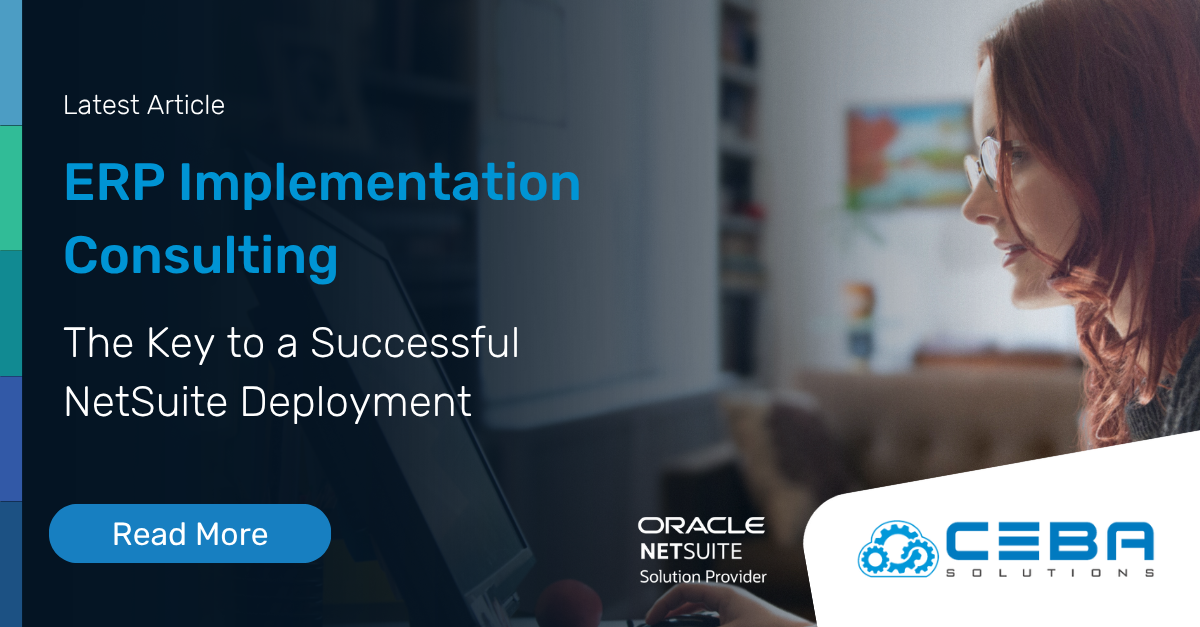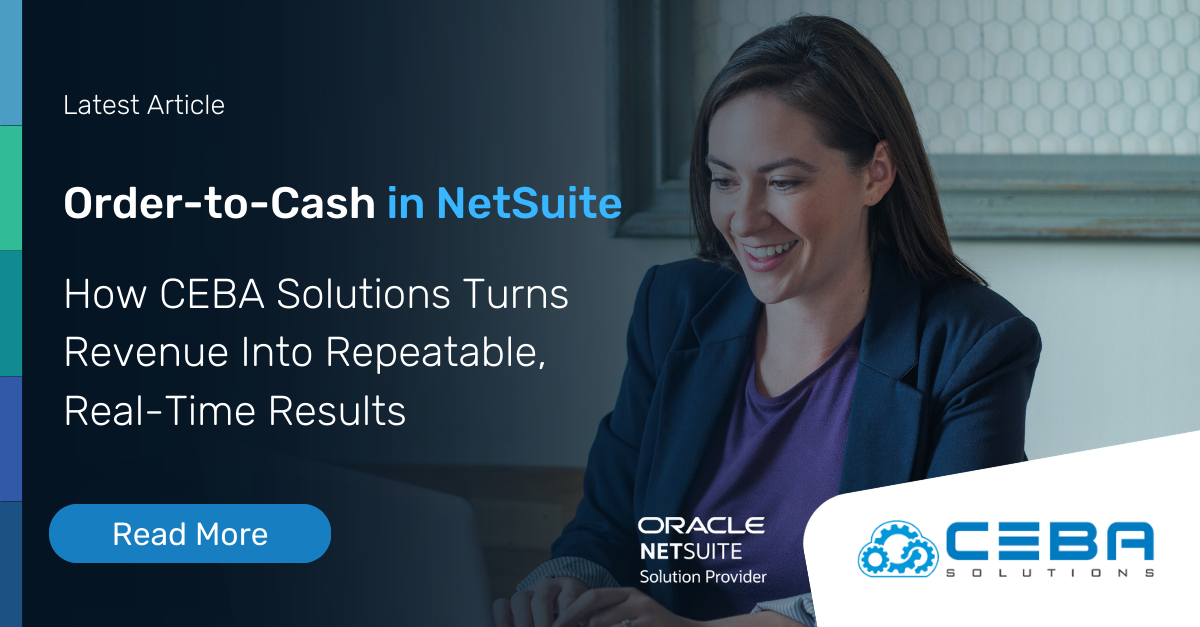
How ERP Drives Smart Pricing Strategies in the Food and Beverage Industry
How ERP Drives Smart Pricing Strategies in the Food and Beverage Industry
According to a report by McKinsey & Company, “companies that use advanced pricing strategies can see a 2-7% increase in return on sales.”
This insight underscores the importance of smart pricing strategies in the competitive Food and Beverage industry. For Sales Managers and Chief Revenue Officers, understanding how to effectively implement these strategies through Enterprise Resource Planning (ERP) systems can completely change how a company approaches its decision-making when setting prices.
This article will explore the intersection of smart pricing strategies and ERP systems, focusing on how these tools can be harnessed to drive profitability and efficiency in the Food and Beverage sector. We will explore five primary concepts to provide a comprehensive understanding.
Understanding Smart Pricing Strategies
In the Food and Beverage industry, smart pricing strategies are crucial for maintaining competitiveness and profitability. These strategies are designed to respond to market dynamics, customer behavior, and business objectives. Here are some key approaches:
Dynamic Pricing
Dynamic pricing involves adjusting prices in real-time based on various factors such as demand, competition, and market conditions. This approach allows businesses to maximize revenue by capitalizing on high-demand periods and adjusting prices downward when demand is low. For instance, a restaurant might increase prices during peak dining hours and offer discounts during off-peak times to attract more customers.
Value-Based Pricing
Value-based pricing sets prices based on the perceived value to the customer rather than the cost of the product. This strategy requires a deep understanding of customer preferences and the unique value proposition of the product. For example, a premium organic juice brand might price its products higher than conventional juices, reflecting the added value of organic ingredients and health benefits.
Competitive Pricing
Competitive pricing involves analyzing competitors’ pricing strategies to set your own prices strategically. This approach ensures that your prices are in line with market expectations while still allowing for differentiation. A bakery, for example, might monitor the prices of nearby bakeries and adjust its own prices to remain competitive while highlighting unique offerings like specialty cakes or artisan bread.
Psychological Pricing
Psychological pricing uses tactics that influence customer perception and behavior. Common techniques include pricing products just below a round number (e.g., $9.99 instead of $10) or bundling products to create a sense of value. A coffee shop might use psychological pricing by offering a combo deal on coffee and pastries, making customers feel they are getting more for their money.
Promotional Pricing
Promotional pricing involves temporary price reductions to boost sales and attract customers. This strategy can create a sense of urgency and drive short-term sales spikes. For instance, a beverage company might run a limited-time promotion offering a discount on a new flavor to encourage trial and increase market penetration.
By understanding and implementing these smart pricing strategies, businesses in the Food and Beverage industry can better navigate market complexities and enhance their profitability. The next section will explore how ERP systems play a pivotal role in executing these strategies effectively.
Role of ERP in Pricing Strategies Food and Beverage
Enterprise Resource Planning (ERP) systems are integral to implementing effective pricing strategies in the Food and Beverage industry. These systems offer a suite of functionalities that streamline and enhance the pricing process, ensuring that businesses can respond swiftly and accurately to market demands. Here are some key ways ERP systems contribute to smart pricing strategies:
Data Integration
ERP systems consolidate data from various sources, providing a unified view of the business. This integration is crucial for informed pricing decisions. By pulling data from sales, inventory, customer feedback, and market trends, ERP systems enable businesses to have a comprehensive understanding of the factors influencing pricing. For instance, a food manufacturer can use ERP to analyze sales data alongside seasonal demand trends, allowing for more precise pricing adjustments.
Automation
Automation within ERP systems simplifies the process of updating and adjusting prices. This feature is particularly beneficial in dynamic pricing environments where prices need to be frequently modified based on real-time data. Automated pricing rules can be set within the ERP system to adjust prices based on predefined criteria such as inventory levels, competitor pricing, or time of day. This reduces the manual effort required and ensures that pricing remains consistent and responsive to market conditions.
Analytics and Reporting
ERP systems come equipped with robust analytics and reporting tools that provide insights into pricing performance and trends. These tools help businesses track the effectiveness of their pricing strategies and make data-driven decisions. For example, a beverage company can use ERP analytics to monitor the impact of a promotional pricing campaign on sales volume and profitability, allowing them to refine future promotions based on empirical evidence.
Inventory Management
Effective inventory management is closely tied to pricing strategies. ERP systems help align pricing with inventory levels, ensuring that businesses can avoid overstock or stockouts. By integrating inventory data with pricing modules, ERP systems enable businesses to adjust prices based on stock availability. For instance, a bakery can use ERP to lower prices on perishable items nearing expiration, reducing waste and maximizing revenue.
"Implementing advanced pricing strategies with the support of ERP systems can significantly boost profitability and operational efficiency in the Food and Beverage industry, transforming decision-making processes for sales and revenue leaders." - Zabe Siddique, CEO - CEBA Solutions
Implementing Smart Pricing Strategies with ERP
Implementing smart pricing strategies in the Food and Beverage industry requires more than just understanding the concepts and having the right tools; it involves a strategic approach to customization, training, integration, and continuous monitoring. Here’s how businesses can effectively implement these strategies using ERP systems:
Customization
One of the key advantages of ERP systems is their ability to be customized to fit specific business needs and pricing strategies. Customization ensures that the ERP system aligns with the unique requirements of the Food and Beverage industry, such as seasonal demand fluctuations, perishable inventory, and diverse sales channels.
Creating Customized Pricing Modules to Extend ERP Functionality
Businesses can customize pricing modules within the ERP system to support various pricing strategies like dynamic pricing, value-based pricing, and promotional pricing. For instance, a dairy company might customize its ERP to automatically adjust prices based on milk production cycles and market demand. However, customization doesn’t always need extensive development efforts. For many systems, like NetSuite, custom rules can be set up to automate pricing adjustments based on predefined criteria. This ensures that pricing remains responsive to real-time data without manual intervention. For example, a restaurant chain can set rules to offer discounts on menu items that are less popular during certain times of the day.
Integration with Sales Channels
For pricing strategies to be effective, they must be consistently applied across all sales channels, both online and offline. ERP systems facilitate this integration, ensuring uniform pricing and seamless customer experiences.
Omni-Channel Pricing Consistency
Integrate the ERP system with all sales channels, including e-commerce platforms, physical stores, and third-party marketplaces. This ensures that pricing updates are reflected across all touchpoints simultaneously. For instance, a food retailer can use ERP to synchronize prices between its online store and brick-and-mortar locations.
Real-Time Price Updates
Enable real-time price updates across all sales channels to respond swiftly to market changes. This is particularly important for dynamic pricing strategies where prices may fluctuate frequently based on demand and competition.
Monitoring and Adjustment
Continuous monitoring and adjustment are essential for the long-term success of smart pricing strategies. ERP systems provide the tools needed to track pricing performance and make data-driven adjustments.
Make the Most of Dashboards
Utilize ERP dashboards to monitor key performance indicators (KPIs) related to pricing, such as sales volume, profit margins, and customer feedback. This allows businesses to quickly identify trends and areas for improvement.
Creating Feedback Loops
Establish feedback loops to gather insights from sales teams and customers. This information can be used to refine pricing strategies and ensure they remain aligned with market expectations. For example, a snack manufacturer might adjust its pricing based on customer feedback about perceived value and competitive positioning.
By focusing on customization, training, integration, and continuous monitoring, businesses in the Food and Beverage industry can effectively implement smart pricing strategies using ERP systems. This approach not only enhances profitability but also ensures that pricing remains agile and responsive to market dynamics. The next section will address the challenges and solutions associated with pricing strategies in the Food and Beverage industry.
Challenges and Solutions in Pricing Strategies Food and Beverage
Implementing smart pricing strategies in the Food and Beverage industry is not without its hurdles. Businesses must navigate a range of challenges to ensure their pricing strategies are effective and sustainable. Here are some common challenges and potential solutions:
Data Accuracy
To guarantee the effectiveness of pricing strategies, accurate and up-to-date data is paramount. Erroneous or outdated information could lead to misguided pricing decisions, adversely affecting profitability and customer satisfaction.
To maintain data accuracy, companies should enact rigorous validation processes. Regular audits and cross-checks help identify and rectify discrepancies. Additionally, equipping team members with ERP systems that support real-time data updates is essential. This ensures that pricing decisions are based on the most current information, minimizing the likelihood of errors.
Market Volatility
The Food and Beverage industry is subject to frequent market fluctuations due to factors like seasonal demand, economic conditions, and supply chain disruptions. Adapting pricing strategies to these changes is crucial.
Businesses should develop flexible pricing models that can quickly adapt to market changes. For instance, dynamic pricing can help adjust prices in response to real-time demand and supply conditions.
Food and Beverage companies can use ERP analytics to conduct scenario planning and forecast potential market changes. This allows businesses to prepare for various outcomes and adjust their pricing strategies accordingly.
Are You Ready to Make the Most of Modern Pricing Strategies?
The integration of ERP systems into smart pricing strategies offers a transformative approach for the Food and Beverage industry. By harnessing the power of data, automation, and real-time analytics, businesses can navigate the complexities of pricing with greater precision and agility. This not only enhances profitability but also ensures a more responsive and customer-centric approach to pricing.
As the industry continues to evolve, staying ahead of the curve with innovative ERP solutions is crucial. Whether you’re looking to refine your existing pricing strategies or explore new avenues for growth, the insights and tools provided by ERP systems can be a catalyst for success. If you have any further questions or need personalized guidance on implementing these strategies, don’t hesitate to reach out to CEBA Solutions. Our team of experts is here to help you unlock the full potential of your pricing strategies and drive your business forward.











